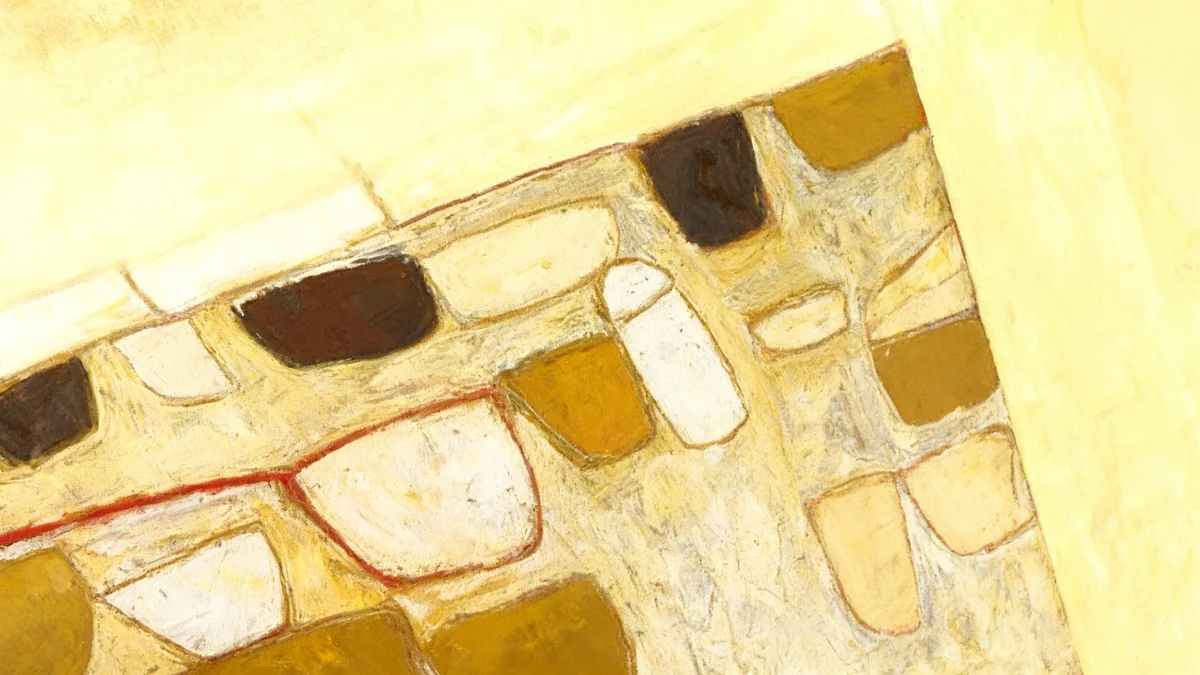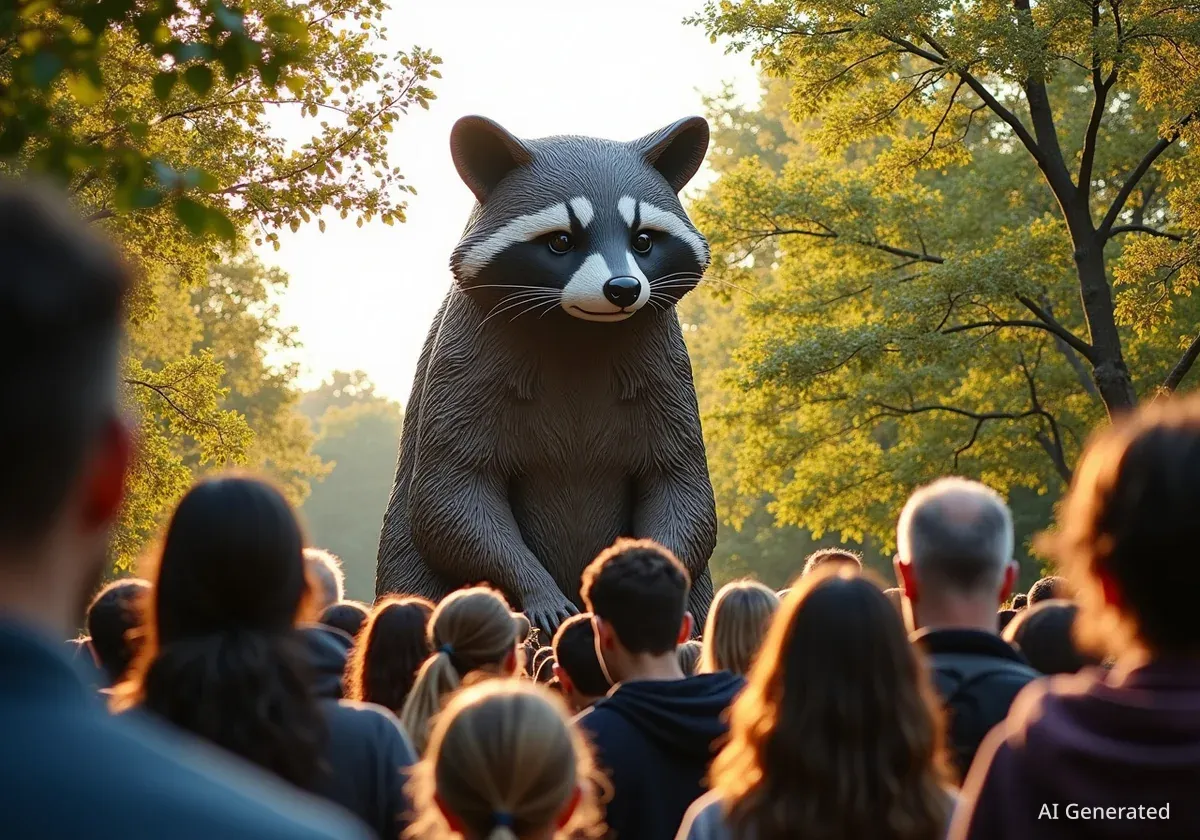Renowned artist Larry Bell, a key figure in West Coast Minimalism, has installed a new series of his distinctive glass sculptures in Madison Square Park, New York City. The public art exhibition offers park visitors a unique opportunity to view the urban landscape through Bell's innovative, light-altering works. This installation marks a significant moment for the 85-year-old artist, bringing his celebrated style to a prominent outdoor setting.
Key Takeaways
- Larry Bell, 85, a West Coast Minimalism pioneer, presents new glass sculptures in Madison Square Park.
- The exhibition allows the public to experience the city environment through the artist's unique light-modifying art.
- Bell's work gained early recognition in 1967, featured on Artforum and The Beatles' 'Sgt. Pepper's' album cover.
- Despite widespread acclaim, Bell maintains a modest view of his 65-year career.
- The outdoor setting in Madison Square Park represents a fresh context for Bell's indoor-focused glass art.
Larry Bell's Career and Early Recognition
Larry Bell experienced a notable surge in recognition during May 1967. At just 27 years old, his minimal glass cubes captured the attention of the art world. One of his pieces adorned the cover of Artforum magazine, a publication known for its influence on advanced artistic trends. This achievement signaled his rising prominence.
Simultaneously, Bell's innovative work extended into popular culture. He was featured on the iconic cover of The Beatles' new album, "Sgt. Pepper's Lonely Hearts Club Band." This placement positioned him alongside other significant creative figures of the time, including musician Bob Dylan and poet Dylan Thomas. This dual recognition in both high art and popular culture was unusual for a young artist.
Artist Fact
Larry Bell's early glass cubes from the 1960s explored the properties of light, reflection, and transparency. These works established him as a central figure in the Light and Space movement, which emerged in Southern California.
A Modest Perspective on a Long Career
Despite his considerable influence and decades of work, Bell maintains a humble outlook on his profession. "It becomes a big thing in my life, and all I could think of was all of my artist friends that were, I thought, much better artists than me," Bell stated, reflecting on his early fame. This sentiment highlights his inherent modesty.
"It becomes a big thing in my life, and all I could think of was all of my artist friends that were, I thought, much better artists than me."
— Larry Bell, Artist
Even after 65 years as a professional artist, Bell has humorously referred to his extensive career as "65 years of unemployment." This statement, made during his first profile interview with this newspaper, underscores his down-to-earth perspective. His long career has spanned numerous exhibitions and collections worldwide.
The Madison Square Park Installation
The new installation in Madison Square Park features several of Bell's glass sculptures, including a piece titled "Cantaloupe but Honeydew," created in 2025. These works are designed to interact with their environment, reflecting and refracting light in ways that alter perception.
Context on Minimalism
Minimalism in art, which gained prominence in the 1960s, focused on extreme simplicity of form. Artists like Larry Bell aimed to reduce art to its essential elements, often using industrial materials and geometric shapes. This approach challenged traditional notions of art by emphasizing experience and perception over narrative or representation.
Placing these sculptures in an outdoor public space like Madison Square Park creates a dynamic experience. Passers-by can observe the city's architecture, trees, and sky through the colored and reflective surfaces of the glass. The sculptures change appearance with varying light conditions throughout the day and across seasons. This interaction transforms the urban scenery into an evolving artistic display.
Public Interaction with Art
The outdoor setting allows for a different kind of public engagement compared to traditional gallery spaces. People can approach the art freely, walk around it, and experience it as part of their daily routine. This accessibility is a key aspect of public art installations. Bell's work, with its emphasis on light and perception, is particularly suited to such an environment.
- The sculptures invite direct interaction from the public.
- They offer new perspectives on familiar city landmarks.
- Natural light and weather conditions become integral parts of the artwork.
Larry Bell's Legacy and Influence
Larry Bell is recognized for his significant contributions to the Light and Space movement and West Coast Minimalism. His work often blurs the lines between painting, sculpture, and architecture. By manipulating glass and light, he creates pieces that explore spatial illusion and visual phenomena.
His artistic journey began in Los Angeles, where he developed many of his core ideas. Over the decades, his influence has extended globally. His sculptures are held in major museum collections, confirming his status as a pivotal artist of his generation.
The Madison Square Park exhibition offers a fresh context for Bell's work, allowing a broad audience to engage with his long-standing artistic explorations. It highlights the enduring relevance of his approach to art, which continues to challenge and delight viewers through its interplay of material, light, and perception.




